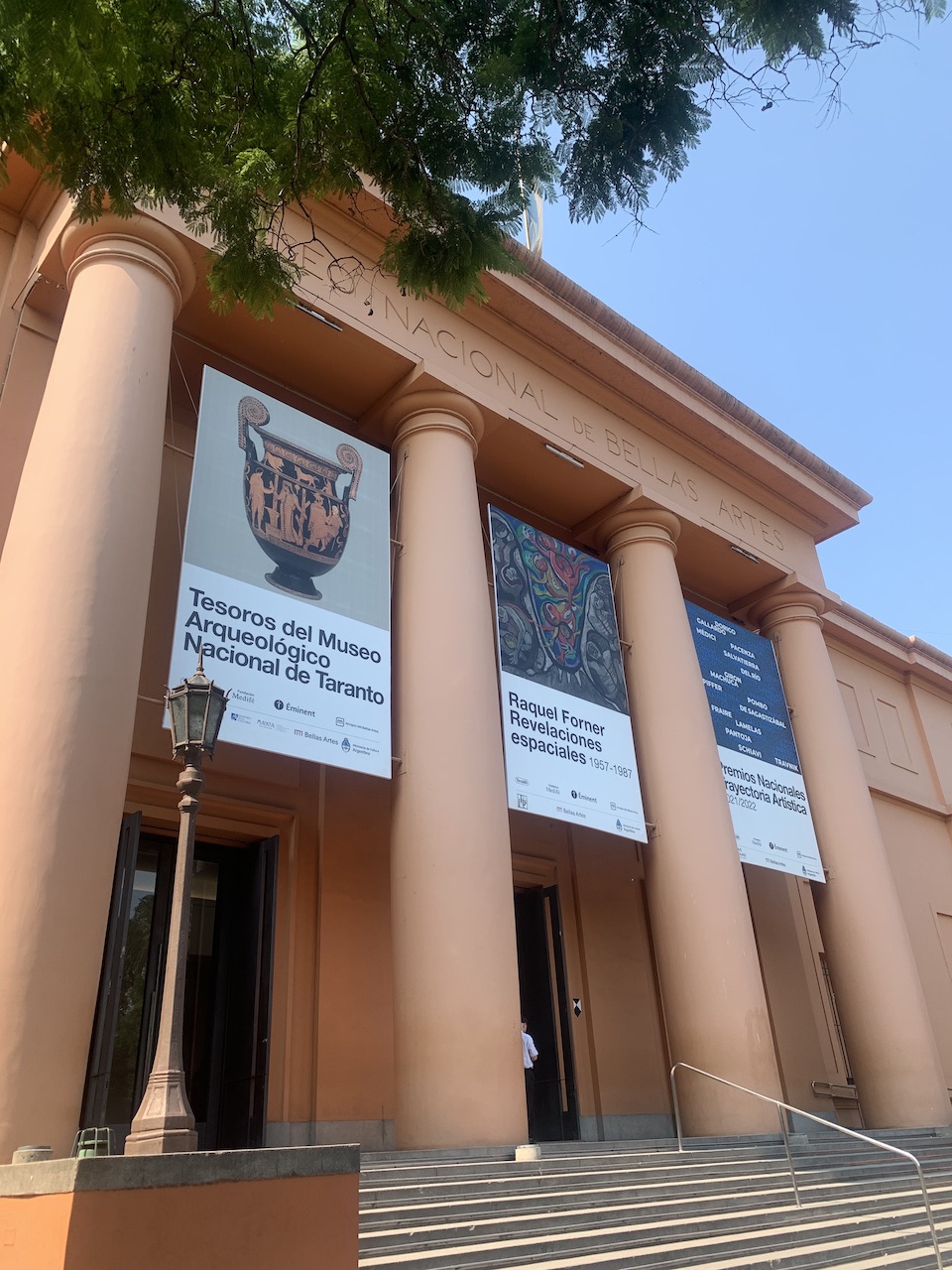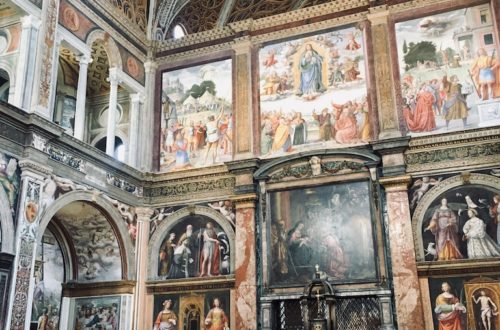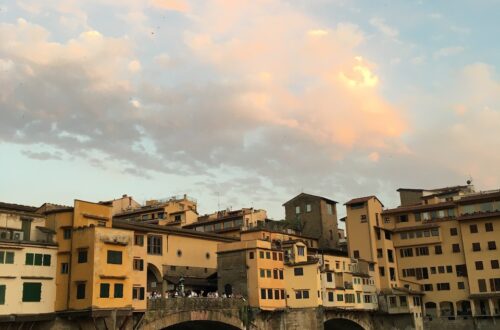Scattered among the sprawling barrios of Buenos Aires, you’ll find a number of art and culture museums that are perfect destinations for curious minds.
In the world of travel, there are museum people and there are outdoor people. Luckily, in Argentina’s capital, there are plenty of options for both.
Actually, I’d say a cafe + museum + park would be something of the ideal itinerary for a delightful day in BA. Followed by a steak dinner of course.
I’ve already written about the many beautiful parks the city has to offer, but if you’re like me, and an afternoon of art or history fills you with energy and inspiration, I’ve pulled together a comprehensive guide to the museums of Buenos Aires.
Museo Nacional de Bellas Artes
Barrio: Recoleta
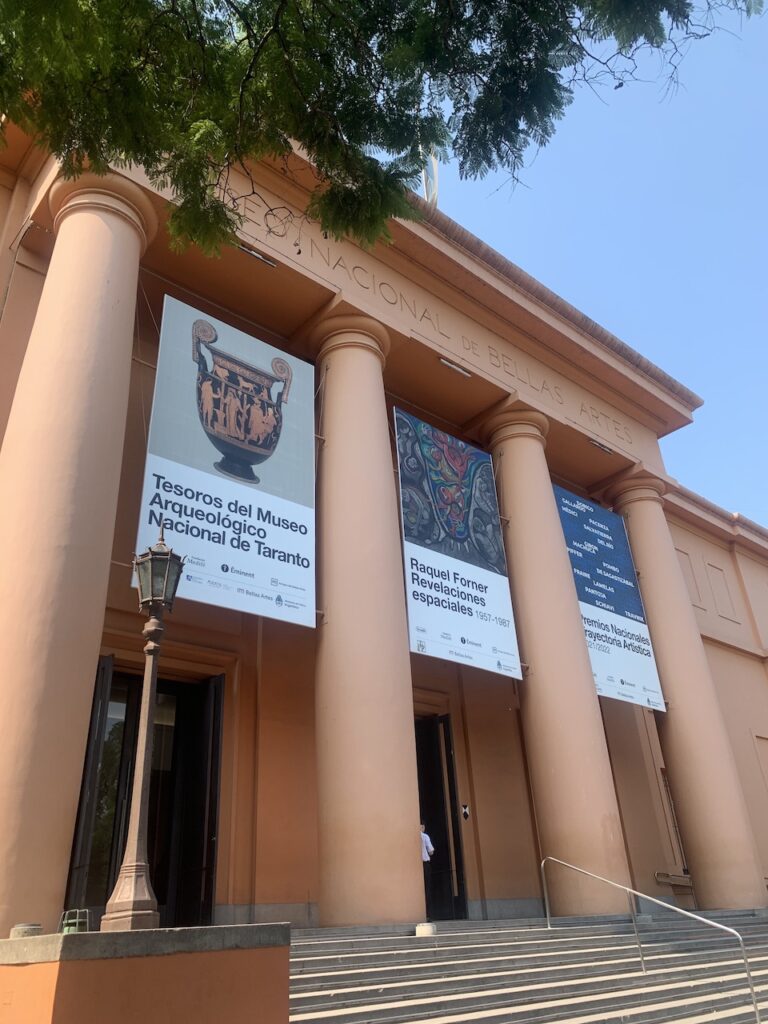
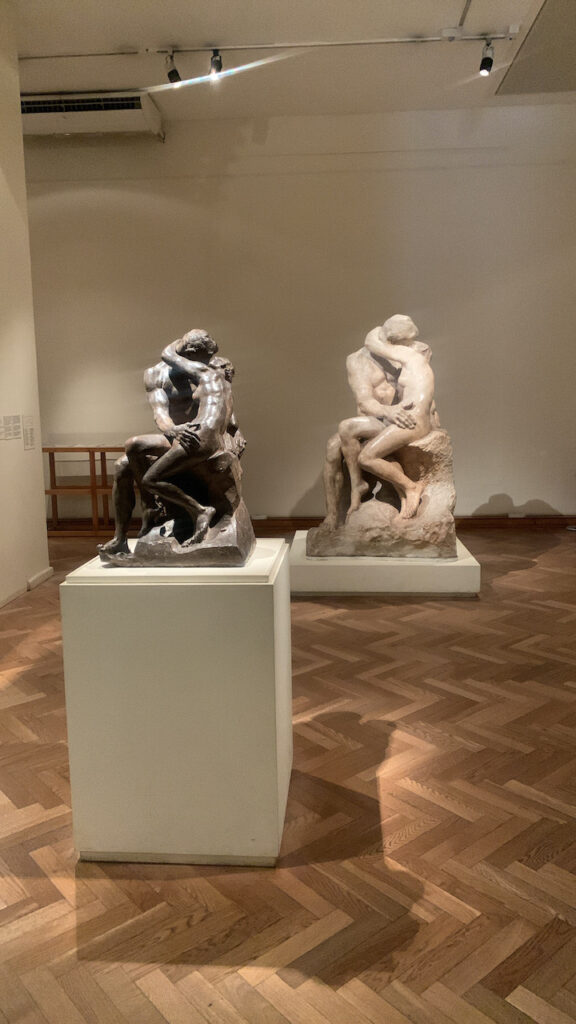
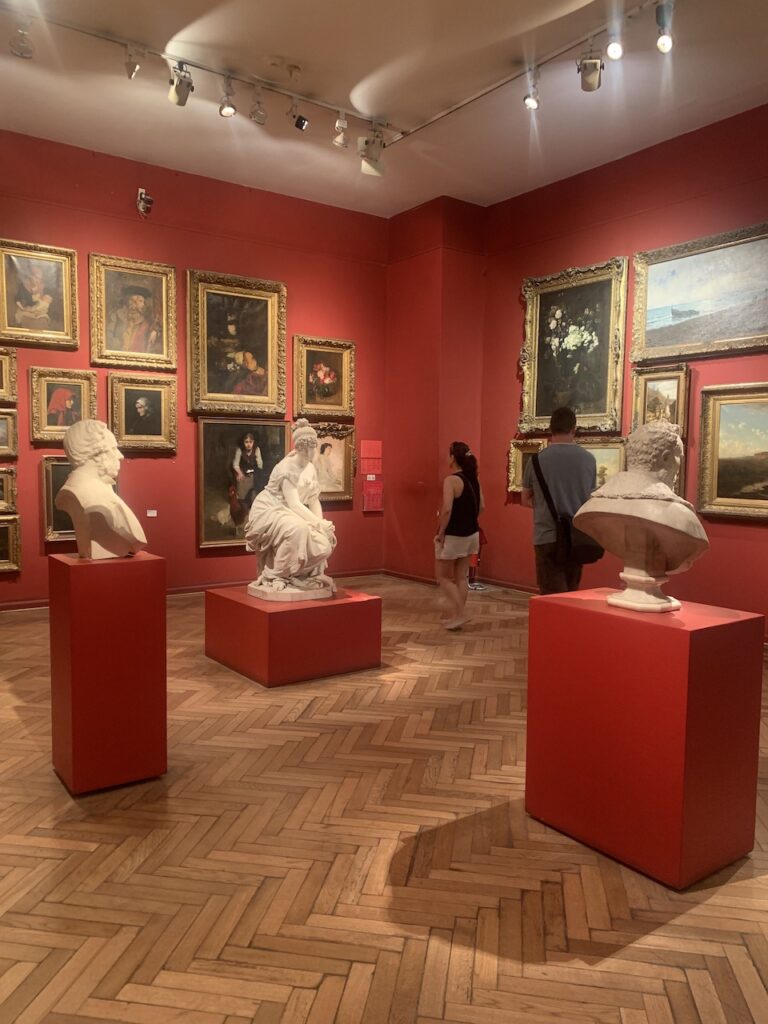
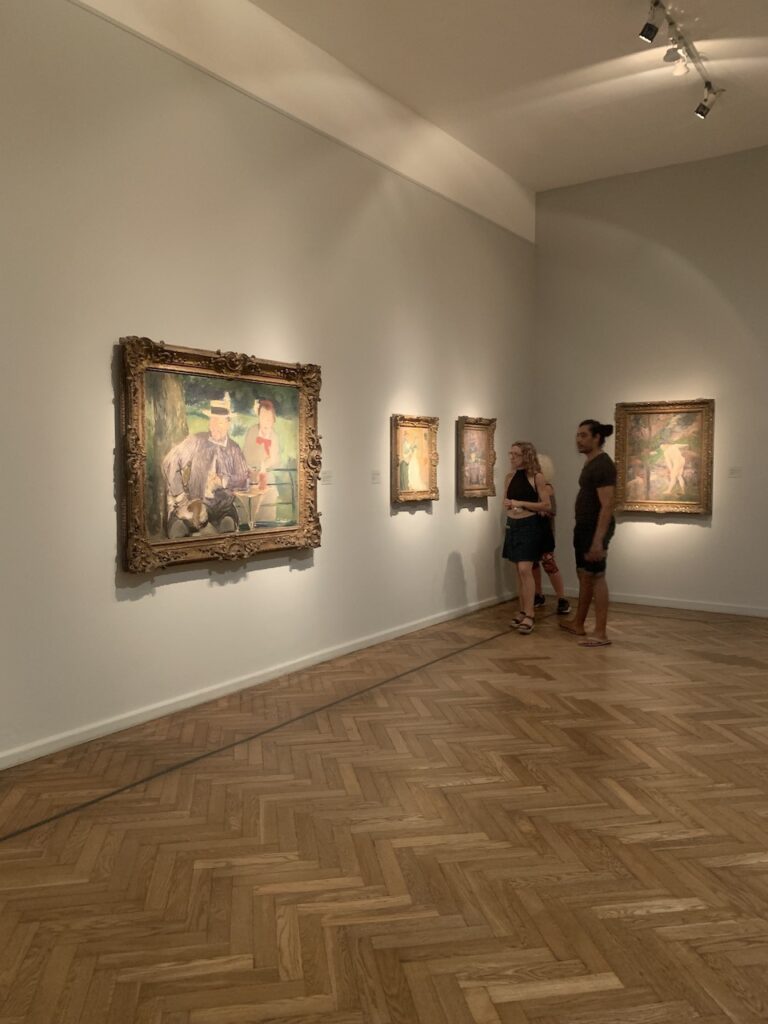
By far my favorite in Buenos Aires, the Museo Nacional de Bellas Artes is a massive treasure trove of international masterpieces.
From the Italian Renaissance to modern art, the collection travels through time and across the world displaying pieces by Goya, Rembrandt, Van Gogh, and Renoir to name a few.
They also have an impressive collection of Rodin statues (did you know he spent some time in BA?) and some rooms dedicated to Argentinian artists.
I returned to this museum several times and was especially enamored by their Impressionist collection. Did I mention that this museum is completely free?
MALBA (Museo de Arte Latinoamericano de Buenos Aires)
Barrio: Palermo
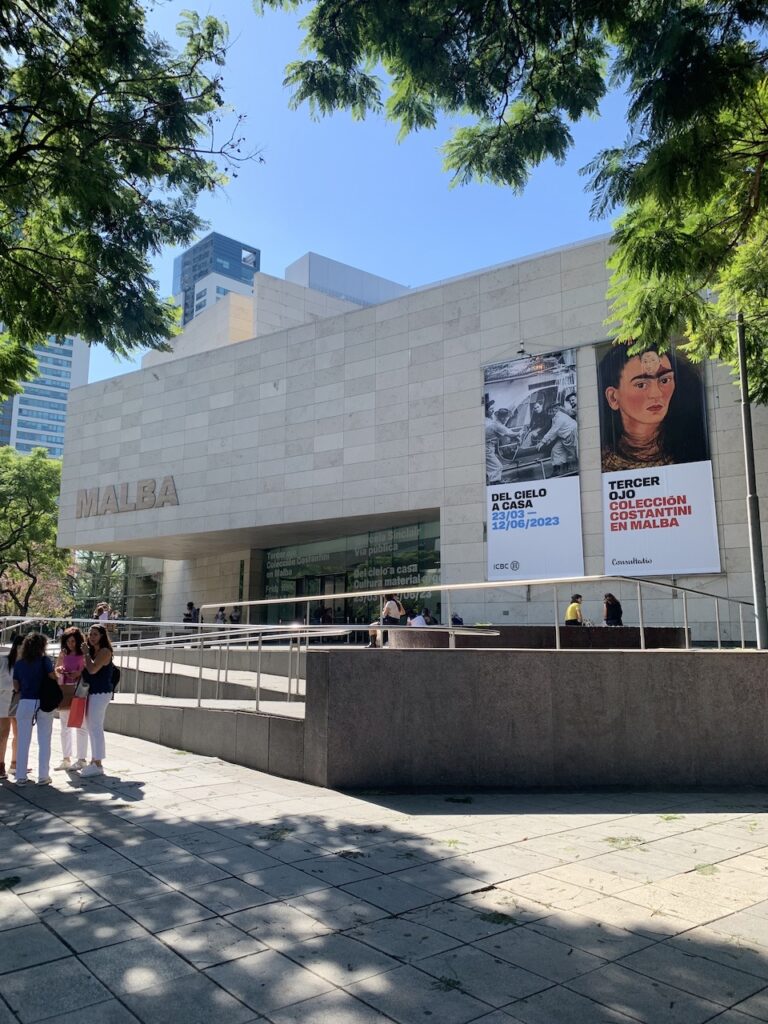
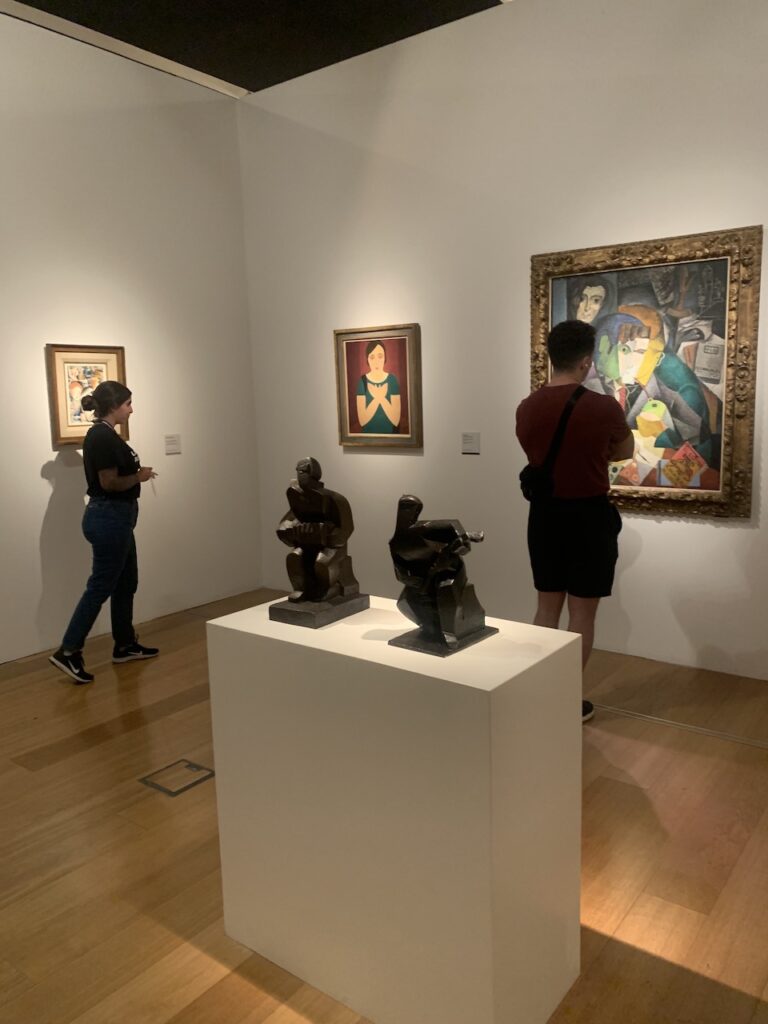
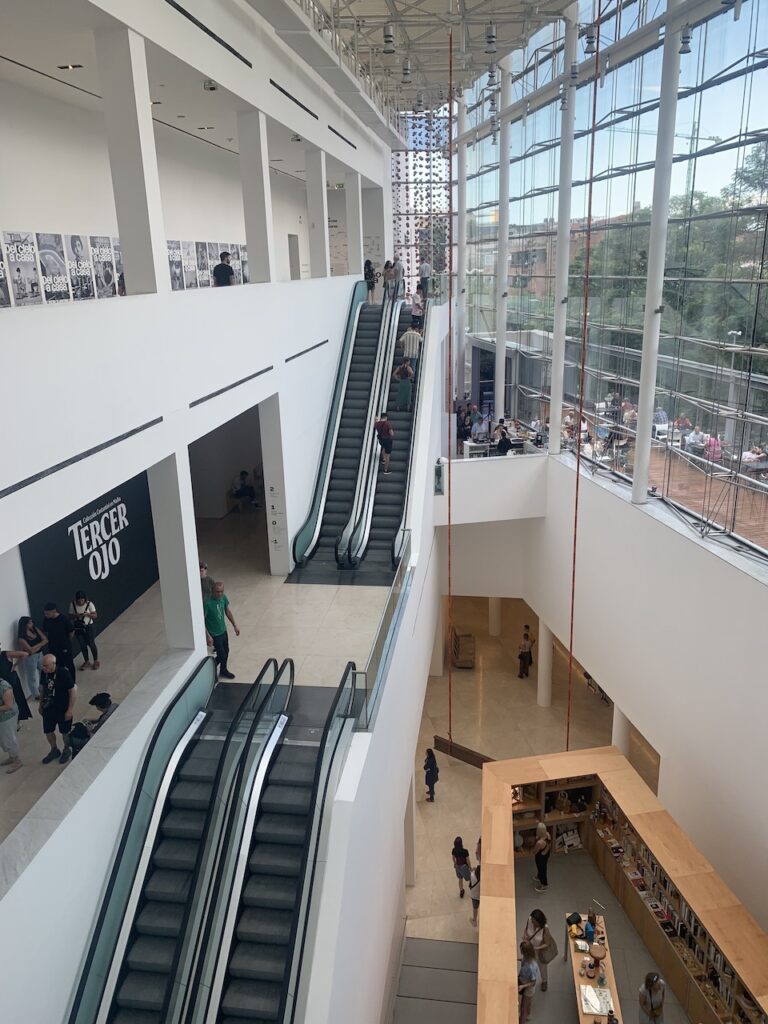
Probably the second most famous museum, MALBA is a funky, modern-looking museum in the Palermo neighborhood that’s completely dedicated to Latin American artists.
The museum hosts a permanent collection on the first floor with a small but impactful section dedicated to Frida Kahlo. The top floor is home to traveling exhibitions that are a bit more interactive and less painting-focused.
MALBA has an entry fee, but it’s the equivalent of about 5 dollars. You can also enjoy a coffee or snack at the picturesque bar in this museum. Ya know, make a day out of it.
Read also: What to Do and See in Buenos Aires, Argentina
Museo Nacional de Arte Decorativo
Barrio: Recoleta
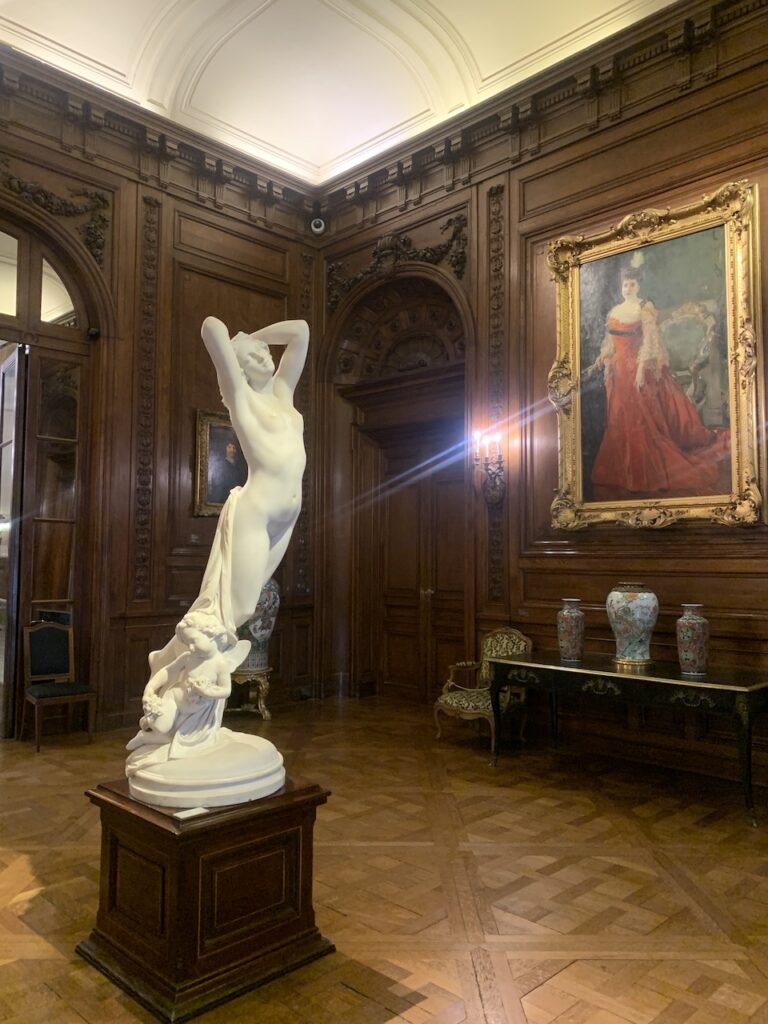
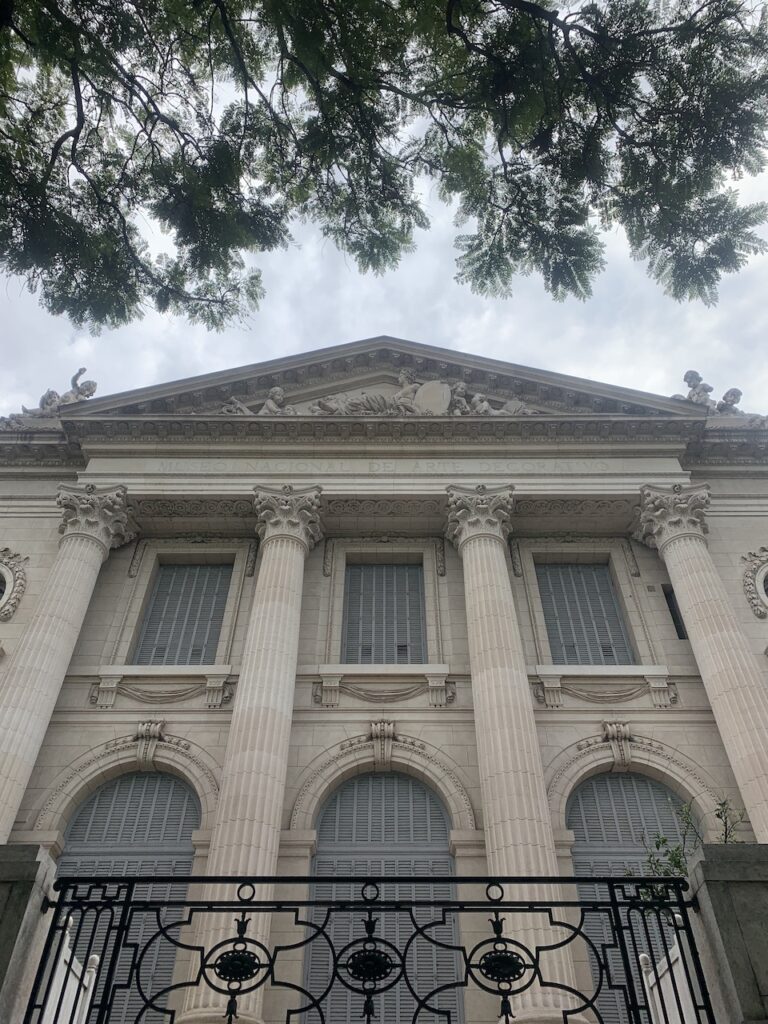
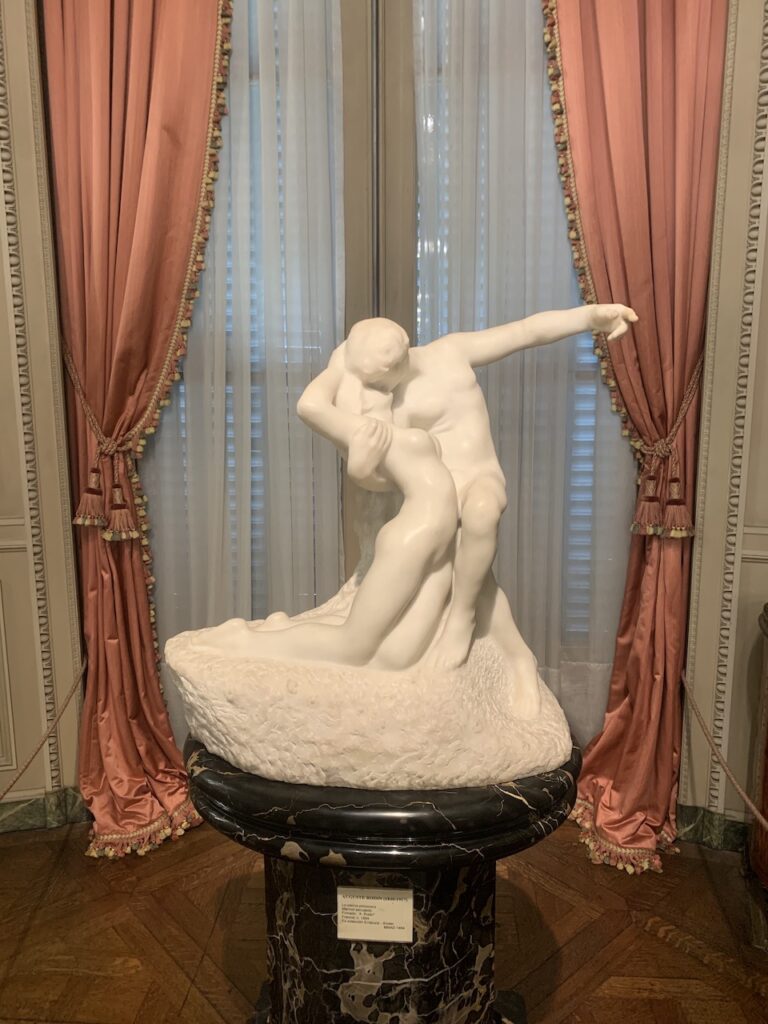
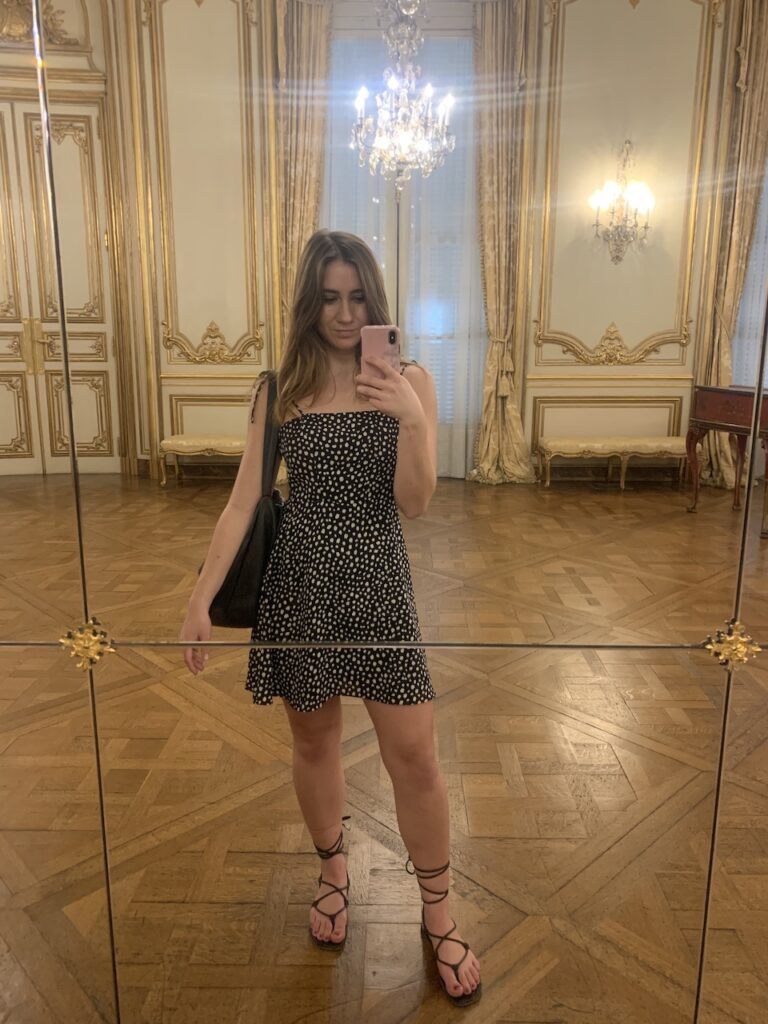
For an intriguing twist on typical museum formats, visit the Museo Nacional de Arte Decorativo. It’s a palace turned house-museum that displays a mixture of paintings, precious objects, statues, tapestries and more in a series of extravagant rooms.
Although I was expecting it to be much bigger based on the exterior, this is a cool and unique way to spend an afternoon and entry is completely free.
Museo Amalia Lacroze de Fortabat Art Collection
Barrio: Puerto Madero
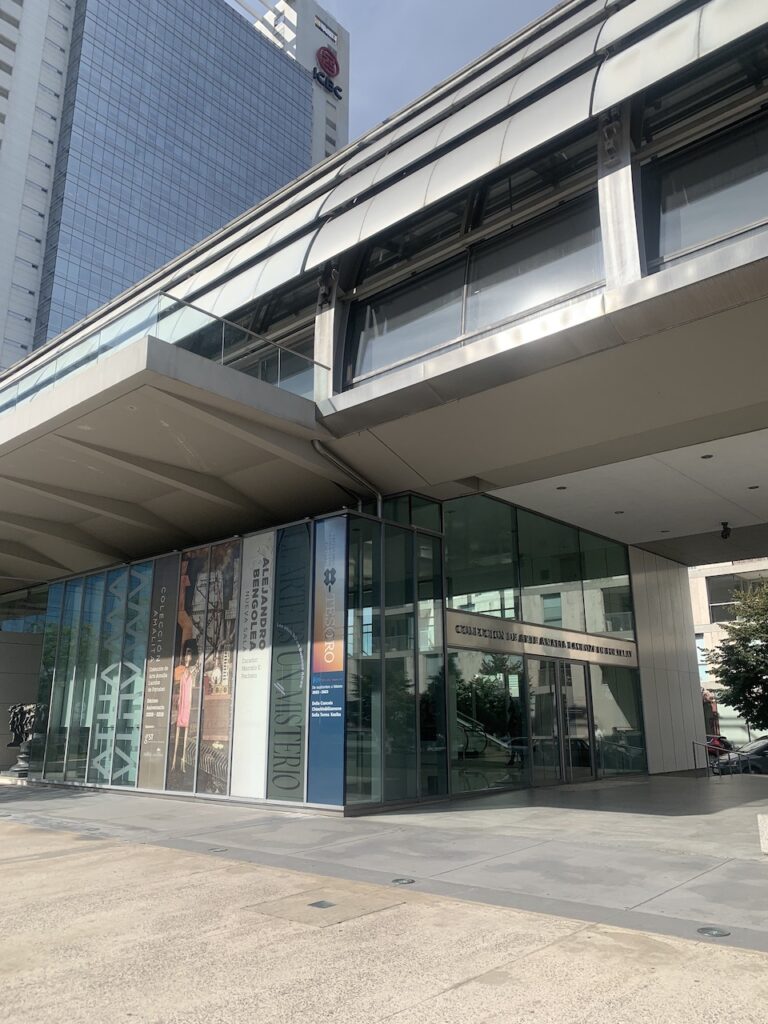
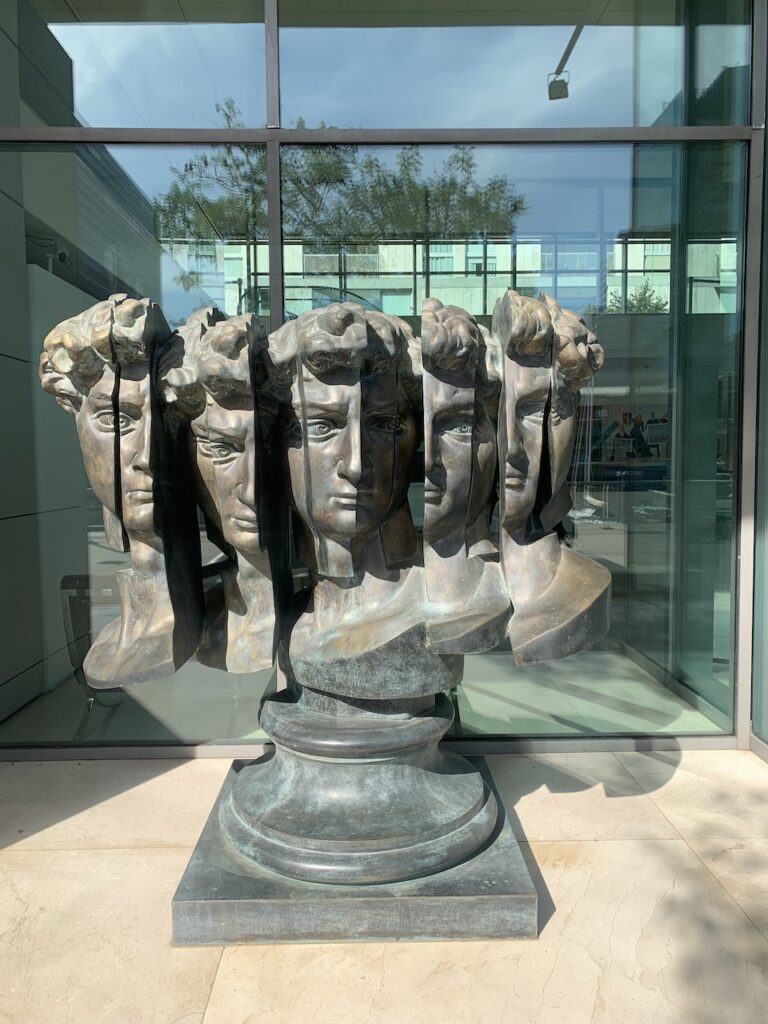
This fine art museum is home to the private art collection of Amalia Lacroze de Fortabat, one of the wealthiest women in Argentina.
The collection contains a mixture of Argentinian and international artworks and ranges in style from Egyptian artifacts to contemporary sculptures. There are works by the likes of Marc Chagall, Andy Warholl, Rodin and Dali to name a few.
The bulk of the collection are paintings from the 20th century, arranged in chronological order around a rectangular room.
I really liked this museum and enjoyed the fact that it feels a bit off the beaten path. You cannot take pictures inside, which is why this gallery is slim pickings.
Museo Evita
Barrio: Palermo
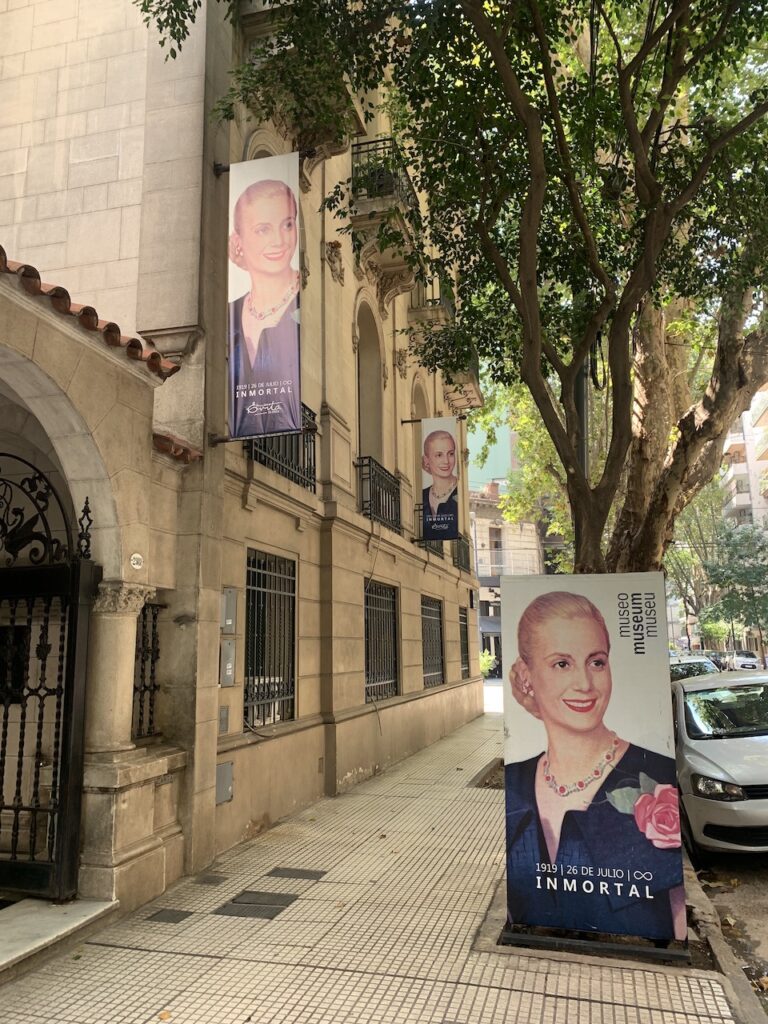
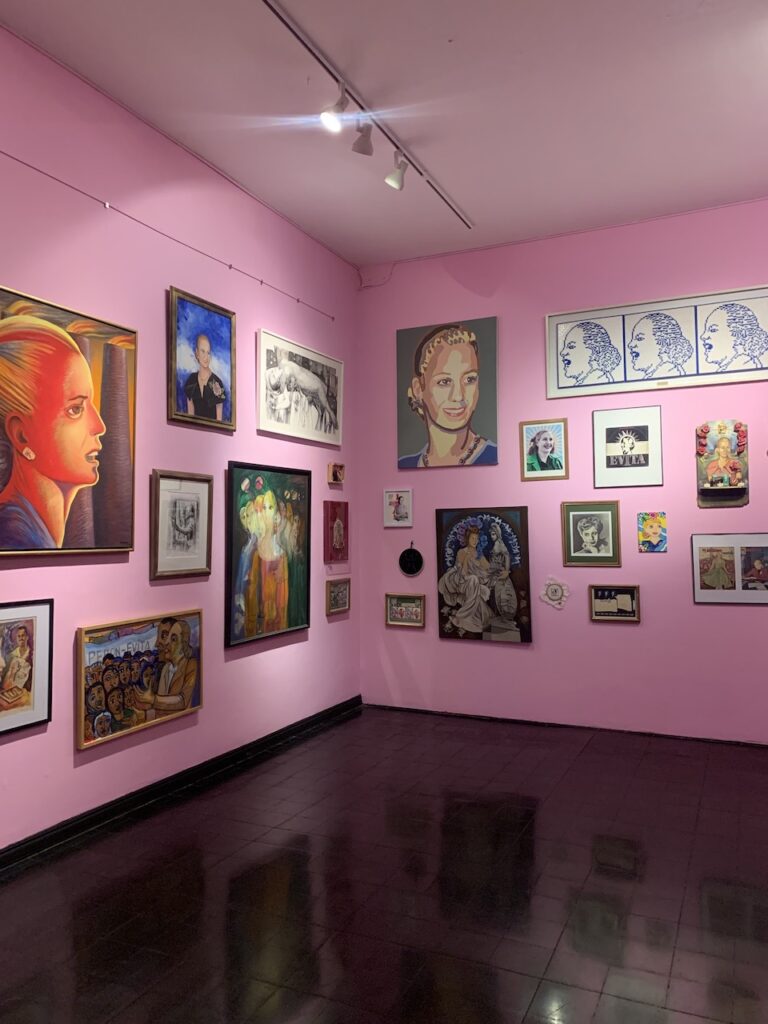
Less of an art museum and more of a cultural experience, Museo Evita is dedicated to Argentina’s beloved first lady Eva Peron, nicknamed “Evita”.
Learn about Evita’s journey from small town girl to actress to activist and finally politician, serving as first lady from 1946 until her untimely death in 1952. Eva Peron was truly adored by the Argentine people thanks to a number of social initiatives she pushed for to improve life among the lower classes.
The museum has a mixture of photographs, videos, letters, and outfits, from Evita’s life up until her cancer diagnosis and famous words she spoke from La Casa Rosada “Don’t cry for me Argentina.” Cue the music.
Read also: The Best Cafes in Palermo, Buenos Aires for Digital Nomads
Museo de Arte Moderno de Buenos Aires (MAMBA)
Barrio: San Telmo
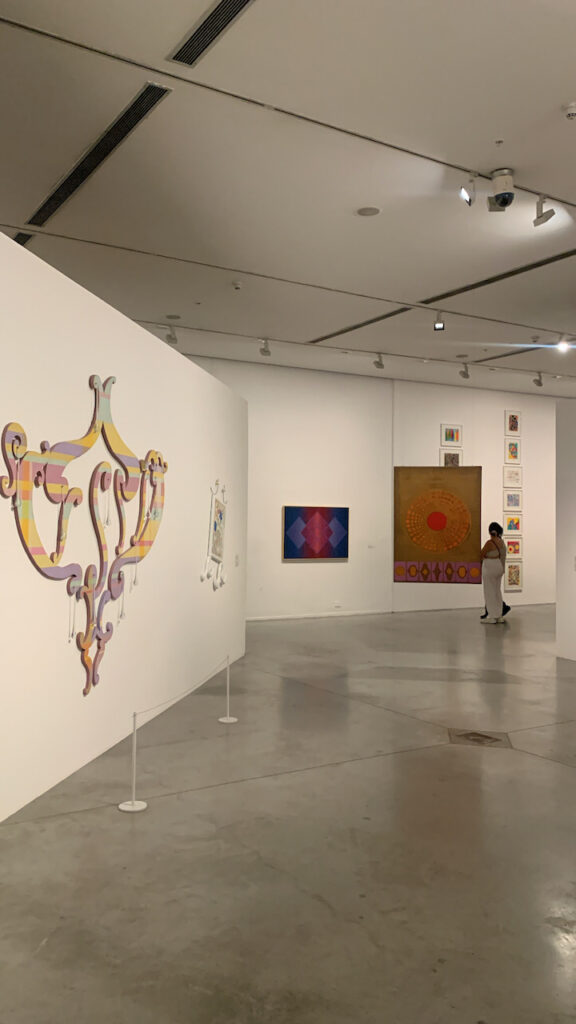
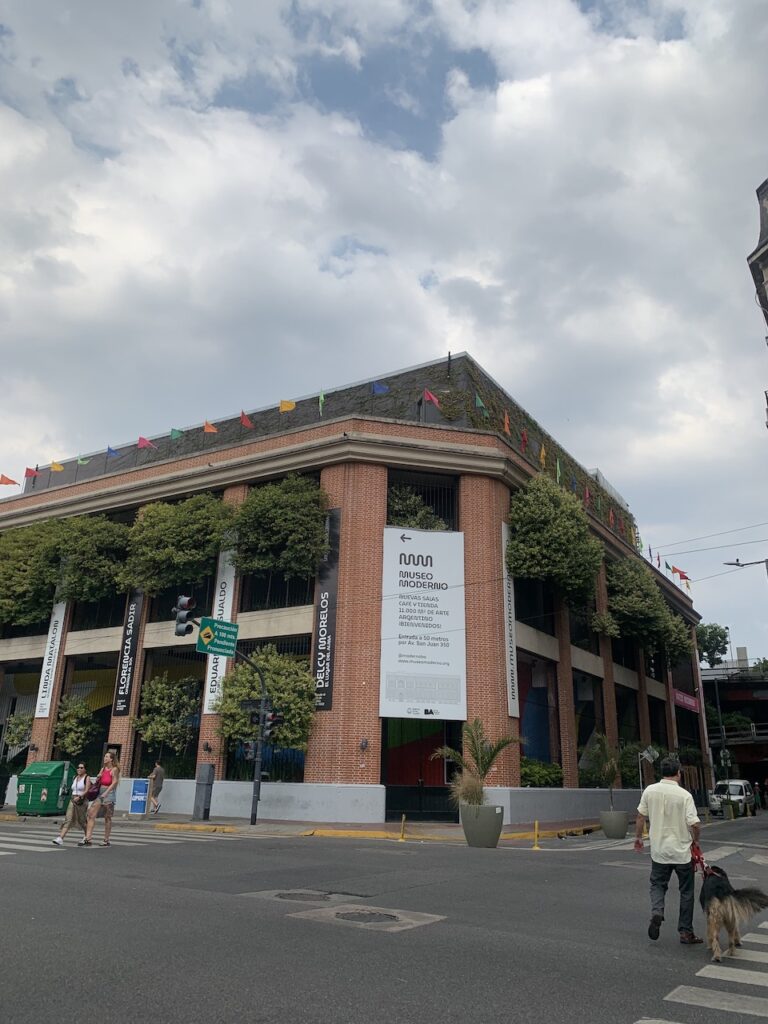
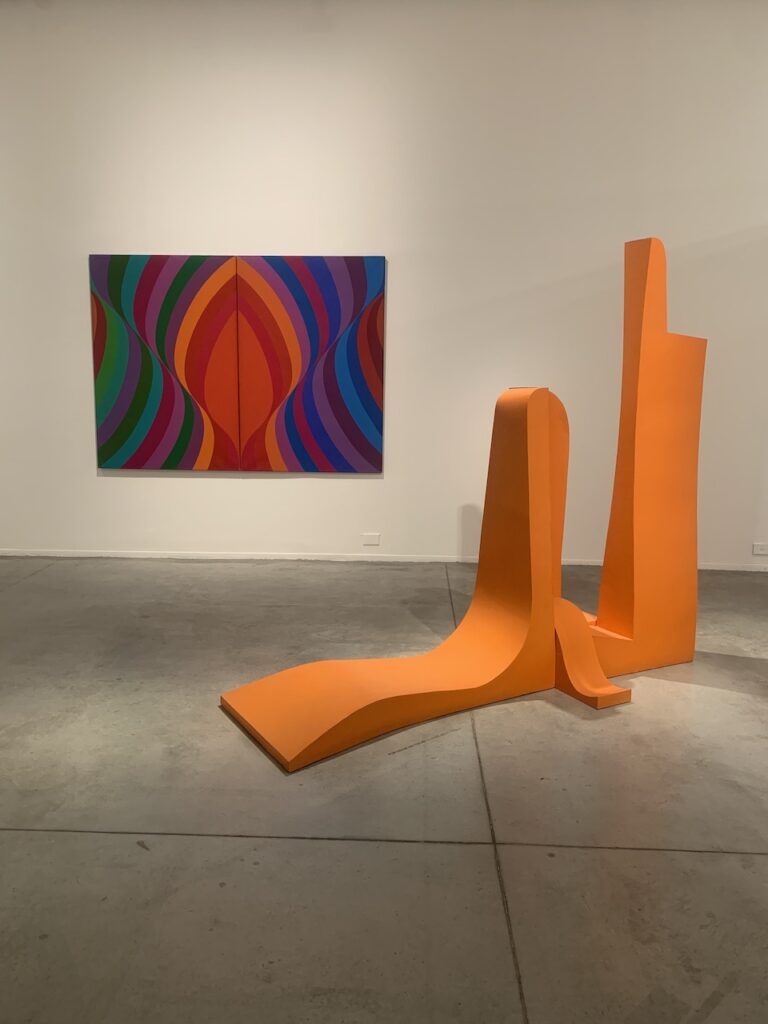
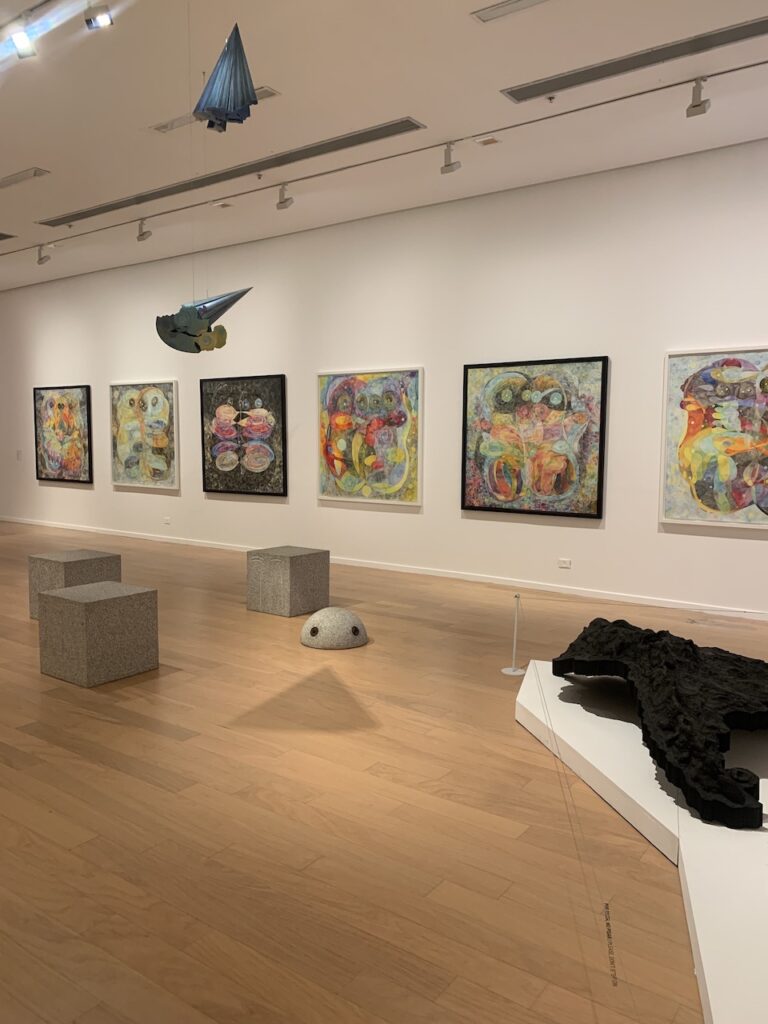
An inviting brick building in the historical San Telmo neighborhood, the Museo de Arte Moderno de Buenos Aires is the place to go if you’re a modern art enthusiast.
The collection is a mixture of paintings, photographs, and full-on immersive exhibits, and contains both Argentinian art and international works.
I have to say that in my honest opinion, half of the exhibits were charming or interesting, and the other half were disturbing or unsettling.
If you’re staying in BA for a long time, I’d say go on and check out this museum. However, I’m not much of a contemporary/abstract art lover so if you feel the same, you could skip this one.
Fundacion Proa
Barrio: La Boca
Fundacion Proa is situated in the La Boca neighborhood right next to the water. This contemporary structure is home to a private collection of contemporary art with a focus on important movements from the 20th century.
This is the only museum on the list that I didn’t get around to visiting so I can’t speak to the quality of the museum itself. BUT if you’re heading to La Boca for a day, (which you should!) this could be a good activity to put on your itinerary after lunch as there’s not much to do besides wander around and eat down there.
From what I understand, it’s supposed to be a good option for families as there are some interactive aspects for kids.
Xul Solar Museum
Barrio: Recoleta
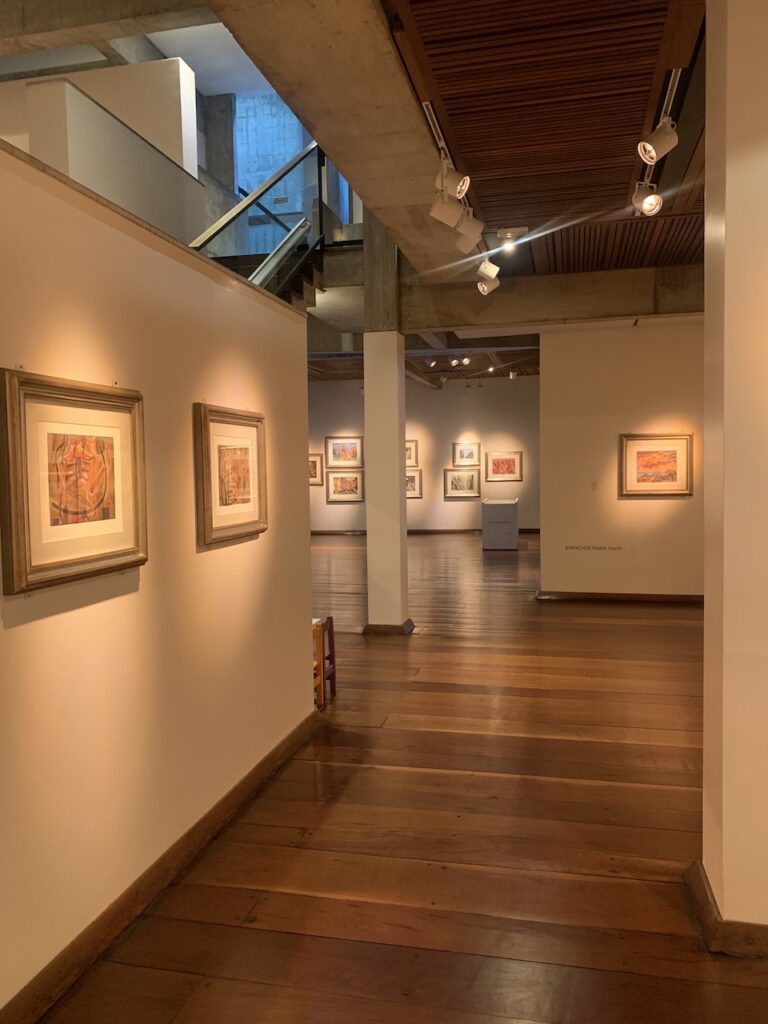
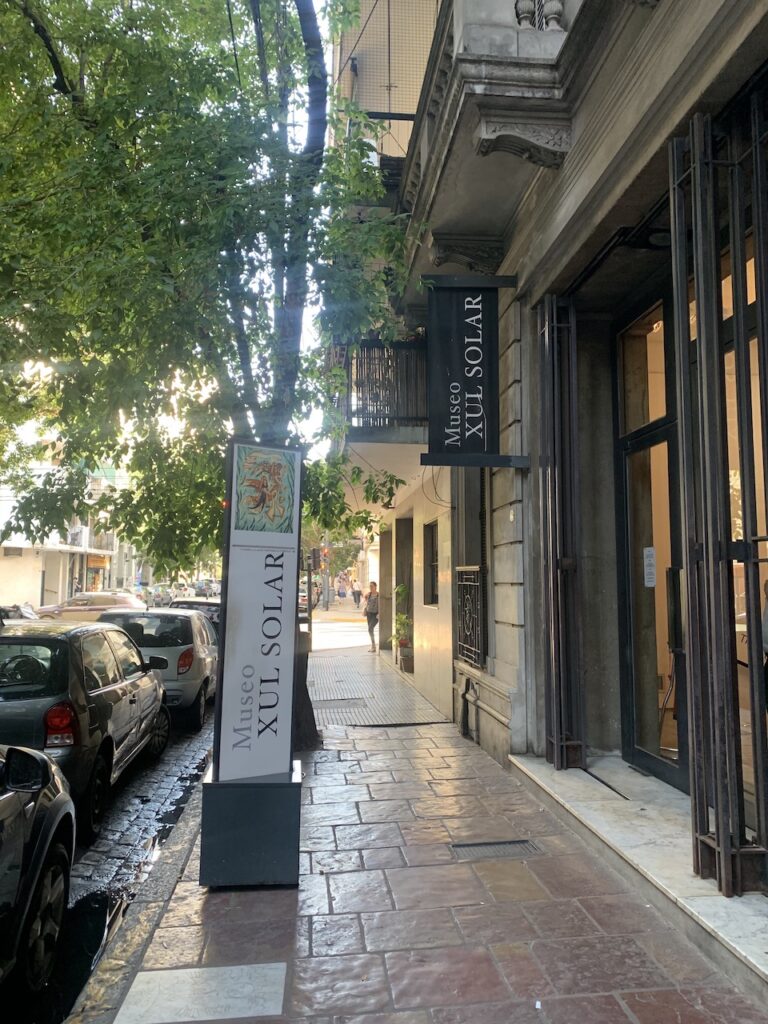
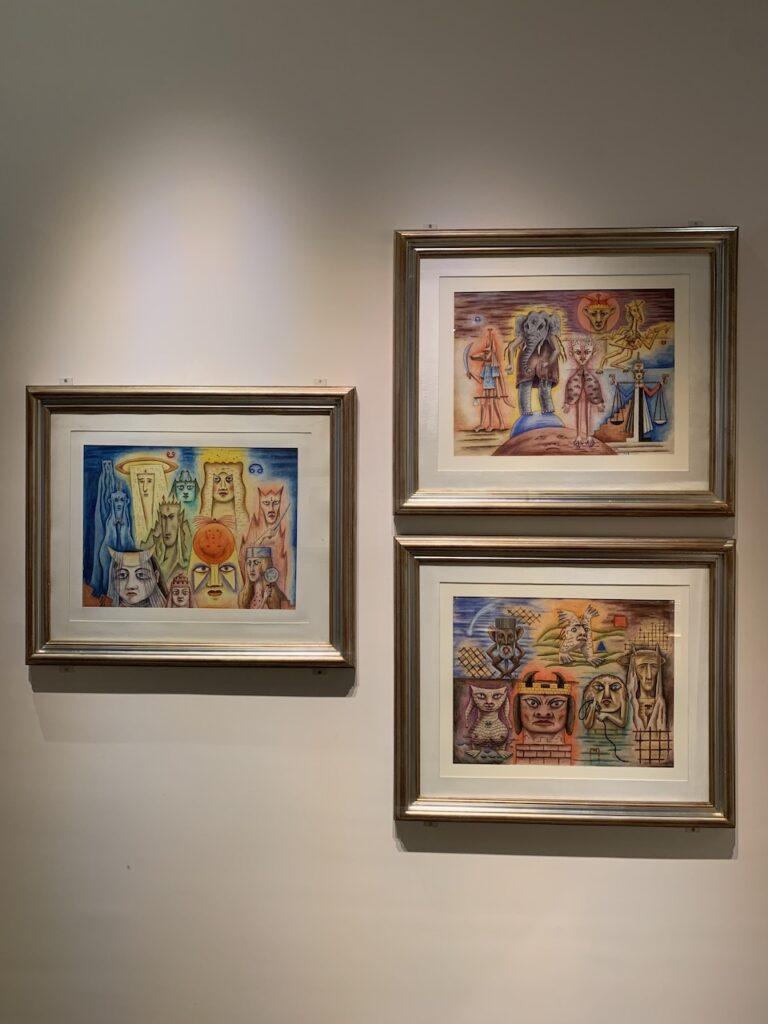
If the phrase “imagination runs wild” were an art exhibit, this would be it. Xul Solar is the adopted name of Oscar Agustín Alejandro Schulz Solari, an Argentine artist, writer, and innovator who lived from 1887 – 1963.
This museum is located below Solar’s former apartment and is completely dedicated to his art.
Colorful and surreal, his works feature a mixture of dreamy topics, energetic nods to the chakra system, references to animals and the elements, and astrological influences.
Avant-garde to the nth degree, Xul Solar also developed imaginary languages and linked music to his paintings.
Read more: The Best Parks in Buenos Aires
